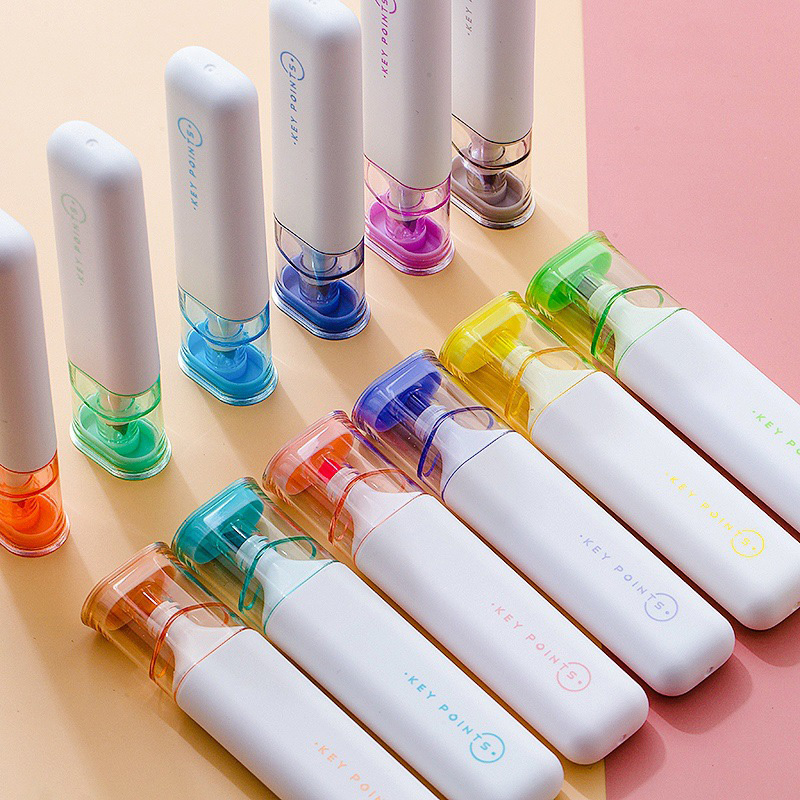While the academic sector continues to represent a significant portion of highlighter use, industry analysts are seeing substantial growth in professional and technical fields. Legal professionals, for instance, rely heavily on color-coded highlighting systems for document analysis, case preparation, and contract review.
"Color cues are critical in legal work," says Mark Avery, a litigation consultant based in Chicago. "We use specific colors for clauses, obligations, dates, and risks. Highlighters help us process dense information quickly and accurately."
Similarly, in healthcare settings, highlighters are commonly used by medical staff to emphasize important patient information on charts, prescriptions, and medical forms. Color-coded highlights help reduce miscommunication and improve operational efficiency.
A Tool for Creative Expression
Outside formal environments, highlighters are being embraced by artists, planners, and hobbyists as tools for design and creativity. Their vibrant ink and broad tip styles allow for expressive line work, shading, and color layering in journals, scrapbooks, and bullet planners.
Many creative consumers prefer highlighters for mixed media projects, thanks to their quick-drying, low-bleed ink. This has led to a rise in designer highlighters with expanded color palettes including pastel, metallic, and dual-tip variations.
“Highlighters have gone from utility to lifestyle,” says Nicole Bennett, a visual journaler and influencer. “They’re part of a creative kit now — not just for students but for anyone who loves color-coded organization or artistic planning.”
Innovation in Ink and Design
Manufacturers have responded to this evolving demand with new product designs and ink formulas. Traditional fluorescent inks have been joined by erasable inks, scented varieties, and archival-safe formulations that won’t degrade documents over time.

Tip technology has also advanced. Dual-tip highlighters with chisel and fine ends are now standard, enabling users to switch between broad strokes and precise lines. Ergonomic barrels and flexible tips further enhance comfort during extended use.
Eco-friendly innovations are also gaining traction. Refillable highlighters, biodegradable barrels, and inks free from toxic solvents are becoming more widely available, especially in European and Asian markets.
Smart Highlighters and Digital Integration
As digital-analog integration continues, smart highlighters are being introduced to help bridge the gap. These highlighters contain sensors or companion apps that allow users to scan and digitize highlighted text directly into cloud-based notes or apps like OneNote, Evernote, or Google Keep.
Such products are particularly popular with tech-savvy students and remote workers who prefer physical books but want to organize their notes digitally. Some smart highlighter sets even allow users to assign digital tags to colors, enabling text-to-app automation workflows.
“The convergence of paper and screen has created an exciting space for innovation,” says Thomas Wu, lead engineer at a startup developing hybrid highlighter tools. “We’re looking at how physical markup can trigger real-time digital actions, such as auto-sorting, search indexing, or content sharing.”
Market Performance and Forecast
According to recent market data, the global highlighter market is expected to grow at a compound annual growth rate (CAGR) of 4.8% through 2030. Asia-Pacific remains the largest market, driven by strong demand in education and stationery sectors in China, India, and South Korea. North America and Western Europe are also showing growth, particularly in the lifestyle and home-office segments.
Private-label and boutique brands are entering the market with specialty offerings, such as minimalistic packaging, cruelty-free inks, and art-focused sets. Meanwhile, legacy brands like Stabilo, Sharpie, and Zebra are broadening their lines to appeal to new audiences.
Retailers have also adjusted their strategies, bundling highlighters in planner sets, classroom kits, and study packs, while expanding shelf space for decorative and trend-forward designs.
From study aids to creative tools and digital enhancers, highlighters have undergone a transformation. Their vibrant colors and simple functionality continue to resonate, but it’s their adaptability across professional, personal, and technological domains that secures their place in the modern stationery market.
As innovation in ink, form, and function keeps evolving, one thing is clear: highlighters are no longer just for underlining — they’re for highlighting the way we work, create, and connect.